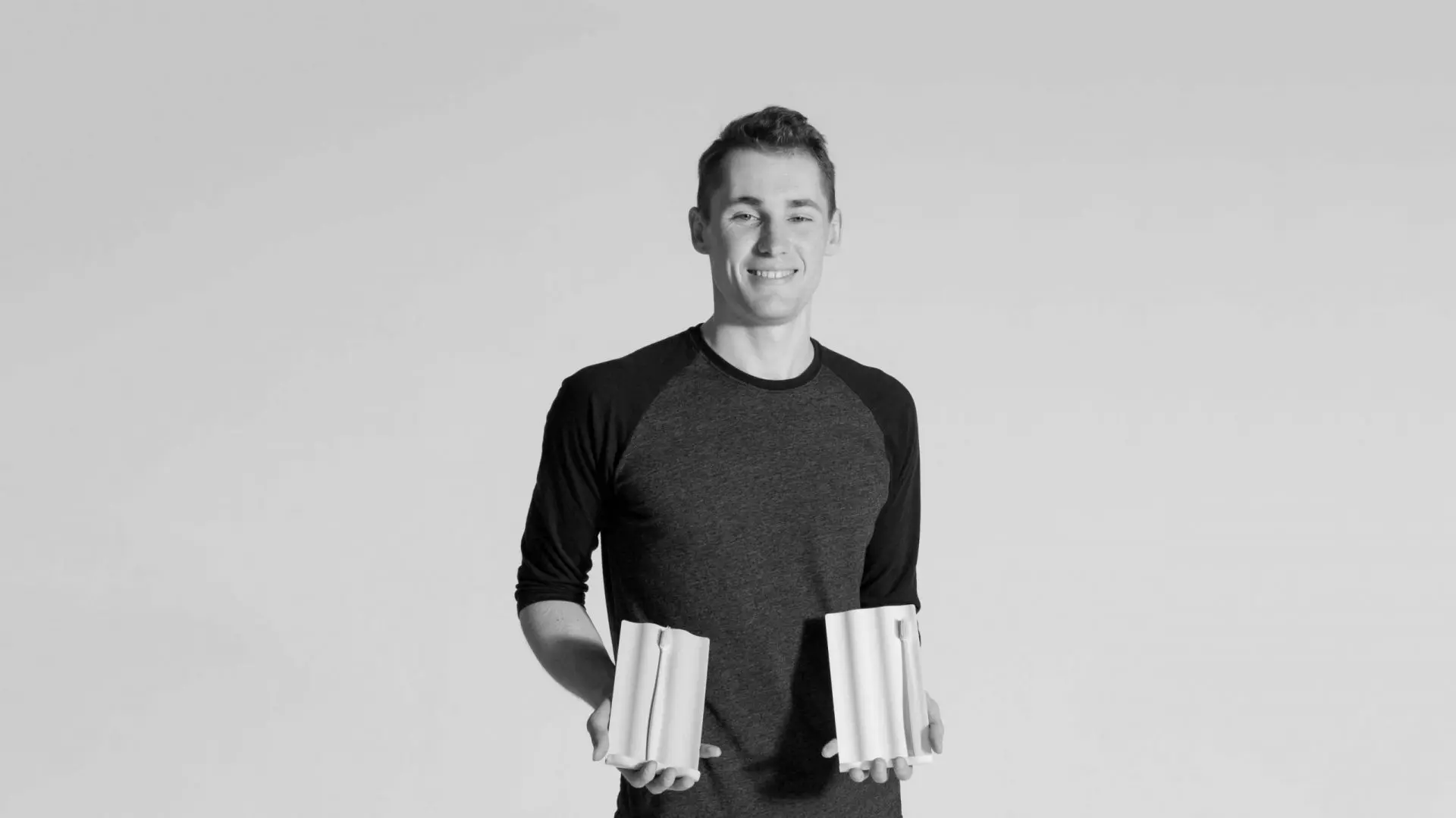SPACE10 invites designers to solve water scarcity in London, Hong Kong and Mexico City

The different proposals include biological water filters, self-healing pipe systems, and replacing water use in industries with a more sustainable and plentiful water source — rain.
Working with Delft University of Technology, Copenhagen-based platform SPACE10 has invited six designers from around the world to join a creative residency exploring water-resilient futures. Working in three teams, they set out to research possible solutions for the urgent challenge of water scarcity, honing in on three particular cities: Hong Kong, Mexico City, and London.
Last week, the group published their findings for the first time, along with three experimental concepts proposing water-resilient solutions built around already existing elements and infrastructures.
One project focuses on using vernacular biomaterials to filter water, another on reducing wasted water by designing self-healing infrastructure, and the third imagines using rainwater to solve water scarcity…
Mexico City
Designers Kelsey Bair and Itamar Lilienthal propose a biological filtration system using natural components that already exist in the ecosystem. Researching ways to tackle water scarcity in Mexico City, they discovered that the prickly pear cactus Nopal can clean contaminated water 300 times more efficiently than aluminum sulfate.
They also found that Texontle, a lava rock with a coarse and porous mineral structure, can trap pathogens as water passes through it. These two elements grow symbiotically on the outskirts of Mexico City and together could provide accessible water filtration for households or neighbourhoods.
“A city built on a lake, Mexico City is simultaneously sinking and flooding, with regularly contaminated tap water, failing infrastructure, and wastewater cast into the neighborhood valley,” they explain, “It’s a complex ecosystem in need of decolonising.”
Hong Kong
Another group looked into the water pressures facing one of Asia’s most densely populated cities: Hong Kong. Discovering that the island city directs 90 percent of its annual rainfall through the storm drain system, and imports 80 percent of its water from its neighbouring mainland area, designers Andrea Li and Michelle Lim proposed replacing their water use with rain.
They envisioned a rain collection system that blends into Hong Kong’s mostly flat rooftops and is used to make popular beverages like tea. To represent this, Andrea and Michelle built models showing how rainwater could travel through and make the impact needed at scale to fuel a range of large, versatile manufacturing processes and services.
How to collect and filter rainwater could be an issue with multiple possible solutions, check out Indus (living) algae tiles make rainwater pure.
London
The last project is aimed at London, a city with a once-revolutionary water supply system that is now outdated in its rigidity and inability to move with the city. During their research, Elissa Brunato and Christoph Dichmann learned that 25% of the city’s water is lost through leaking pipes before it even reaches people’s homes.
Their proposal centers around a speculative vision inspired by nature’s self-sustaining systems. Looking beyond pipes as static 3D objects, the designers suggested the use of intelligent materials that can respond and react to the surrounding environmental pressures over time. The result is a visual exploration of alternative pipe networks including organic and flexible components designed to change and self-heal.
Though the three solutions are introduced specifically within a certain city, the water crisis is a global issue. Therefore, it was important that solutions could be translated to be valuable to other cities around the world.
“Our aim with this project was to reframe the water crisis by matching academics and engineers with designers,” explains Elsa Dagný Ásgeirsdóttir, Design Producer at SPACE10.
“This led to speculative designs for real water issues, which were shaped by rigorous research and information from water experts, and imagined in a highly visual and perhaps, therefore, more thought-provoking and playful way.”
The platform encourages designers to share their ideas and expertise. In doing so, the aim is to look at designing possible solutions to issues such as water scarcity locally, with the ambition that these could inspire localised solutions around the world. Guiding the residents through the programme was an interdisciplinary group of creatives and academics, including experts from the partnering institution, TU Delft.
“Engineering has become quite set in its ways. The robustness of the field is incredibly important, yet the downside is that it doesn’t leave room for the kind of freedom and creativity that might be necessary to solve complicated problems,” says Dr Doris van Halem, TU Delft’s Water for Impact Program.
“I think that is something that could come externally — for example, by the creatives in this residency. This is why we were thrilled for this partnership. It helps spark new ways of thinking.”
Curious to know more about what SPACE10 does? Don’t miss The visionary nature of research and design lab, SPACE10.
















